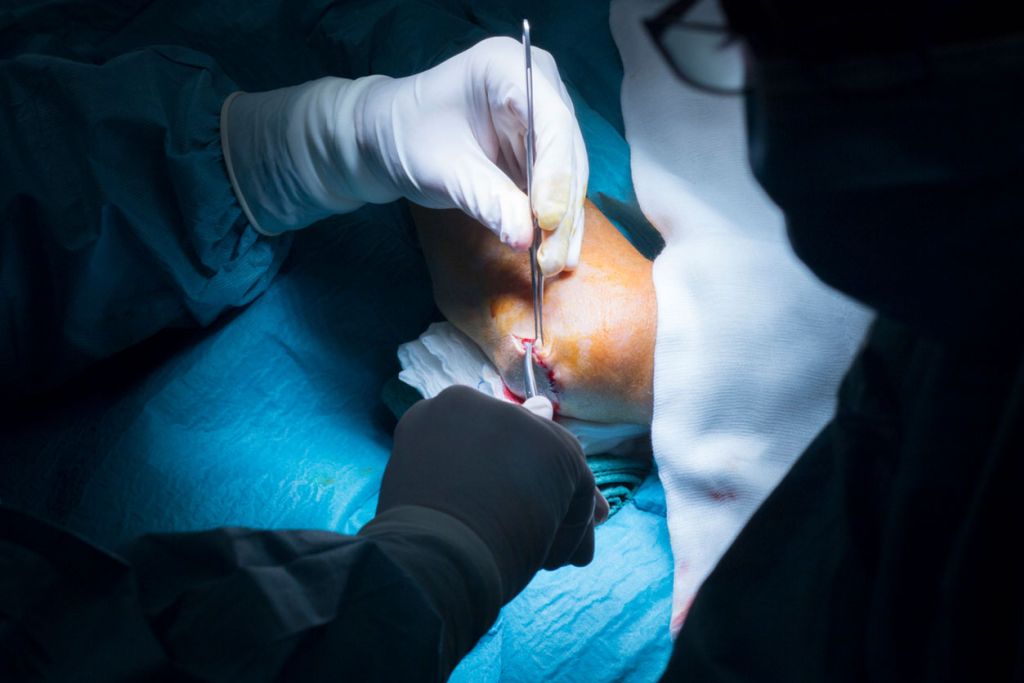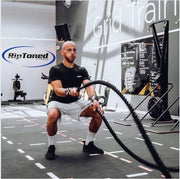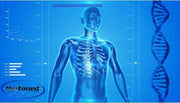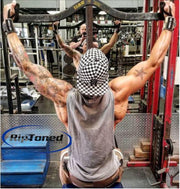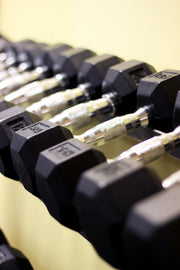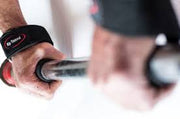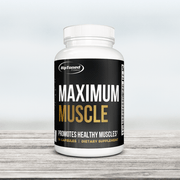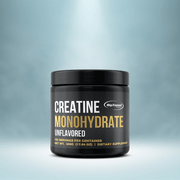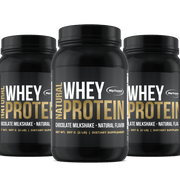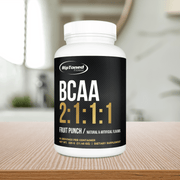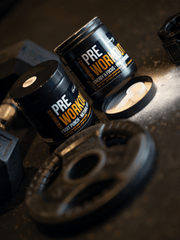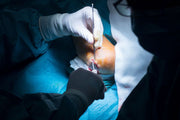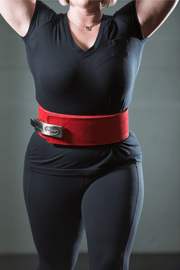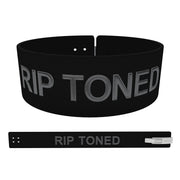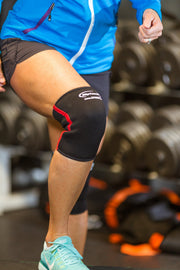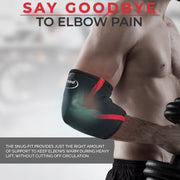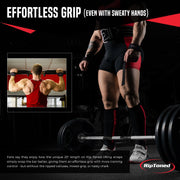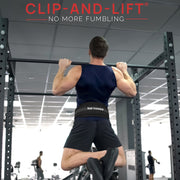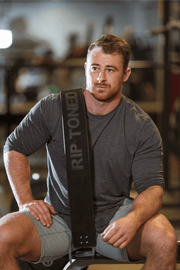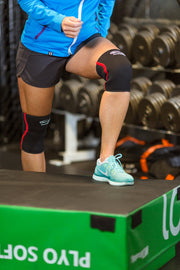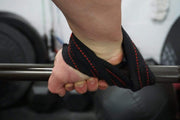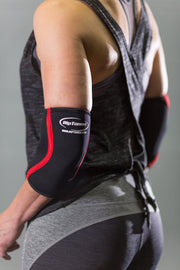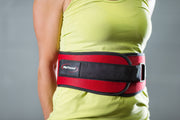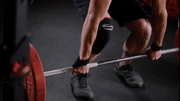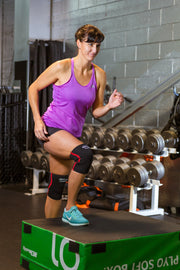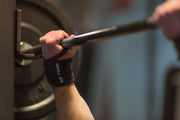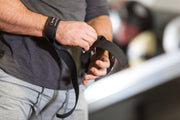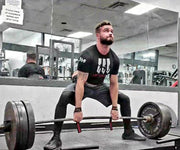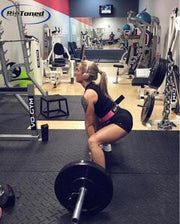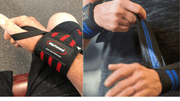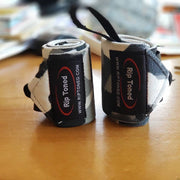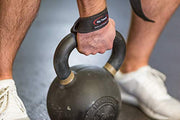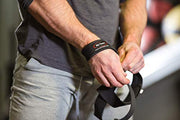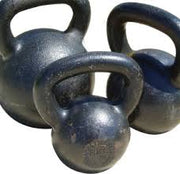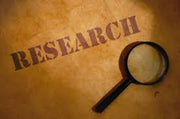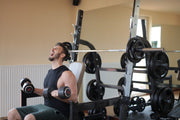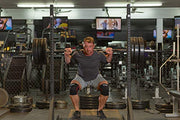After undergoing elbow surgery, one of the most common questions that patients have is when they can resume driving. It is understandable that individuals want to regain their independence and get back to their normal routine as soon as possible. However, it is crucial to understand the healing process and follow your doctor's instructions before getting behind the wheel again.
In this article, we will discuss the factors that determine when you can drive after elbow surgery, the precautions to take, and some tips for safe driving during your recovery period.
Factors Affecting Driving After Elbow Surgery
After elbow surgery, it is essential to give your body enough time to heal before resuming driving. The amount of time it takes varies from person to person and depends on several factors, such as the type of surgery, your dominant hand, and any post-surgical complications.
Type of Surgery
The type of elbow surgery you undergo plays a significant role in determining when you can drive again. If you have undergone a minor procedure like arthroscopy or tendon repair, you may be able to resume driving within a few days or weeks. However, for more extensive surgeries like joint replacement or ligament reconstruction, it may take several weeks to months before you can drive.
Dominant Hand
Your dominant hand is the hand you use for most activities. If you have had surgery on your non-dominant elbow, you may be able to resume driving earlier as your dominant hand will still be available for steering and shifting gears. However, if your dominant hand is affected, it may take longer before you can safely operate a vehicle.
Post-Surgical Complications
In some cases, post-surgical complications like infection or nerve damage can delay the healing process and affect your ability to drive. Your doctor will monitor these complications closely and advise you on when it is safe to resume driving.
Precautions to Take Before Driving
Before getting behind the wheel again, it is crucial to take necessary precautions to ensure your safety and the safety of others on the road.
- Follow Your Doctor's Instructions: It is essential to follow your doctor's instructions and only resume driving when they give you the green light.
- Ensure Adequate Range of Motion: Make sure that you have an adequate, gentle range of motion in your elbow and can comfortably grip the steering wheel before driving.
- Avoid Driving with a Cast or Splint: Driving with a cast or splint on your arm overnight is not only uncomfortable but can also affect your ability to control the vehicle. Wait until your cast or splint is removed before resuming driving.
- Start with Short Drives: It is best to start with short drives to gauge your comfort level and gradually increase the duration as you regain strength and flexibility in your elbow.
How Long After Elbow Surgery Can I Drive?
The answer to this question varies and depends on several factors, as discussed above. It is crucial to consult with your doctor before resuming driving after elbow surgery. They will evaluate your specific case and provide you with a timeline for when it is safe to drive again.
It is also important to listen to your body and not push yourself too hard during the recovery period. If you experience any pain or discomfort while driving, stop immediately and consult with your doctor.
In general, most individuals can resume driving within 4-6 weeks after minor elbow surgeries and 2-3 months for more extensive procedures. However, every case is unique, and it is essential to follow your doctor's recommendations for a safe and successful recovery.
Additionally, it is crucial to continue following all safety precautions and exercises recommended by your doctor to ensure a full recovery. Remember, patience is key, and pushing yourself too hard can lead to complications and delay your recovery process. With proper care and caution, you will be back behind the wheel in no time after elbow surgery.
Benefits of Safe Driving During Recovery
While it may be frustrating to have to wait before resuming driving after elbow surgery, following your doctor's instructions and taking necessary precautions can greatly benefit your recovery. Some of the benefits include:
- Faster Healing: By avoiding any potential accidents or injuries while healing, you can ensure a faster and smoother recovery process.
- Reduced Pain and Discomfort: Driving with an injured elbow can be painful and uncomfortable, which can also delay the healing process. By taking necessary precautions, you can reduce pain and discomfort while driving.
- Prevents Re-injury: Rushing to drive before your body is ready can increase the risk of re-injury or complications, which can further prolong your recovery period.
- Peace of Mind: By following safety measures and taking necessary precautions, you can have peace of mind, knowing that you are doing everything in your power to promote a successful recovery.
- Greater Independence: Safe driving during your recovery period can help you regain your independence and get back to your normal routine sooner.
Tips for Safe Driving During Recovery
Here are some additional tips that can help you drive safely during your recovery period:
- Use Your Non-Dominant Hand: If allowed by your doctor, try using your non-dominant hand for steering and shifting gears to take some pressure off of your recovering elbow.
- Avoid Rush Hour Traffic: Heavy traffic can be stressful and require constant use of your elbow, which can increase the risk of discomfort and pain.
- Take Breaks: If you are planning a long drive, make sure to take regular breaks to stretch and rest your elbow.
- Avoid Distractions: It is essential to avoid any distractions while driving, especially during the recovery period when you may have limited mobility in your elbow. Stay focused on the road to prevent any accidents or injuries.
- Use Adaptive Devices: If necessary, consider using adaptive devices like steering wheel grips or knob attachments to assist with driving during your recovery period.
- Ask for Help: If you feel uncomfortable or unsure about driving a car during your recovery period, do not hesitate to ask for help from family, friends, or rideshare services.
Is Whey Protein Good for Recovery After Elbow Surgery?
Whey protein is a popular supplement among athletes and those recovering from injuries or surgeries. It is known for its high-quality amino acids, which play a crucial role in repairing and rebuilding muscles. Therefore, whey protein can be beneficial for recovery after elbow elevated surgery as it can help speed up the healing process and promote muscle strength and function.
However, it is essential to consult with your doctor before adding whey protein to your diet. They can advise you on the right amount and type of protein supplement for your specific needs and ensure that it does not interfere with any pain medication or post-surgery instructions. Additionally, it is important to remember that whey protein should not be used as a replacement for a balanced diet but rather as a supplement to aid in recovery.
FAQs
How long after elbow surgery can most patients safely resume driving?
The timing for when most patients can safely resume driving following elbow surgery varies. Still, it is typically recommended to wait a few weeks to allow for proper healing and pain control. Your orthopedic surgeon will provide specific guidance based on your case and progress.
How does the healing of fractures affect the timeline for driving after elbow surgery?
Fracture healing is a crucial factor in determining when it is safe to resume driving after elbow surgery. It usually takes a few weeks for fractures to heal sufficiently to regain strength and stability in the elbow. Your orthopedic surgeon will monitor your healing progress and provide guidance on when it is appropriate to resume driving.
Is physical therapy necessary after elbow arthroscopy?
Physical therapy is often recommended after elbow arthroscopy to promote optimal recovery and rehabilitation. A physical therapist will guide you through exercises and techniques that help improve your range of motion, strengthen the elbow, and restore functionality. They will provide personalized recommendations based on your specific needs and monitor your progress.
Can I soak in a hot tub while taking narcotic medications following elbow surgery?
It is generally not advisable to soak in a hot tub while taking narcotic medications after elbow surgery. Narcotic pain medicine can cause drowsiness and impaired judgment, which may increase the risk of accidents or falls. It is important to follow the post-operative instructions provided by your orthopedic surgeon, which may include avoiding activities such as hot tub usage during the recovery period.
Conclusion
Driving after elbow surgery requires patience and caution to promote a successful recovery. It is essential to follow your doctor's instructions and only resume driving when given the go-ahead. By taking the necessary precautions, you can ensure a smoother and faster recovery process, allowing you to regain your independence and get back on the road with confidence.
If you have any concerns or questions about driving after elbow surgery, do not hesitate to consult with your doctor for personalized advice and recommendations. So, it is crucial to listen to your body and prioritize safety during the recovery period to promote a successful outcome. Remember, driving can wait, but your health cannot. Keep these tips in mind and have a happy healing! Stay safe on the road!
Happy Healing!

